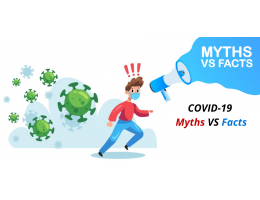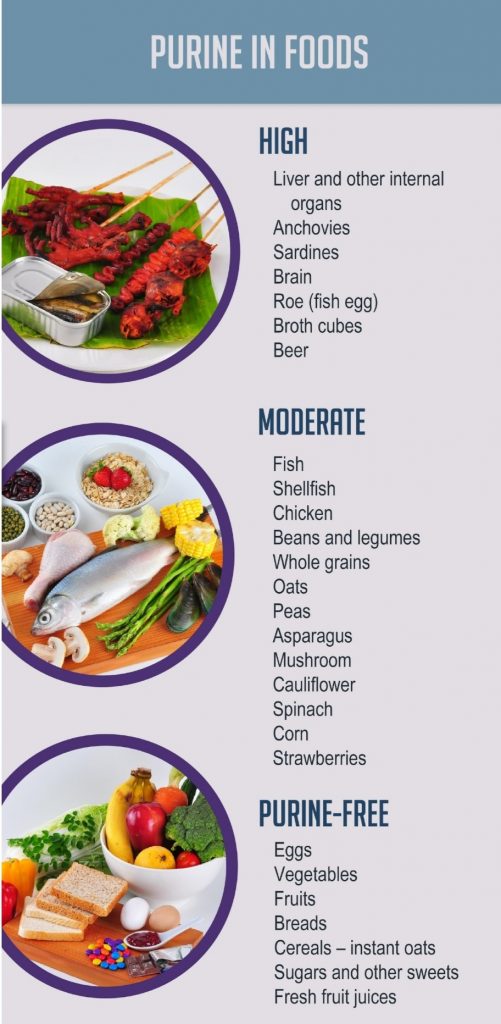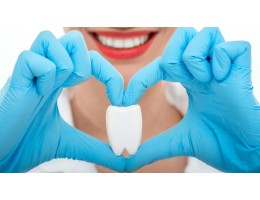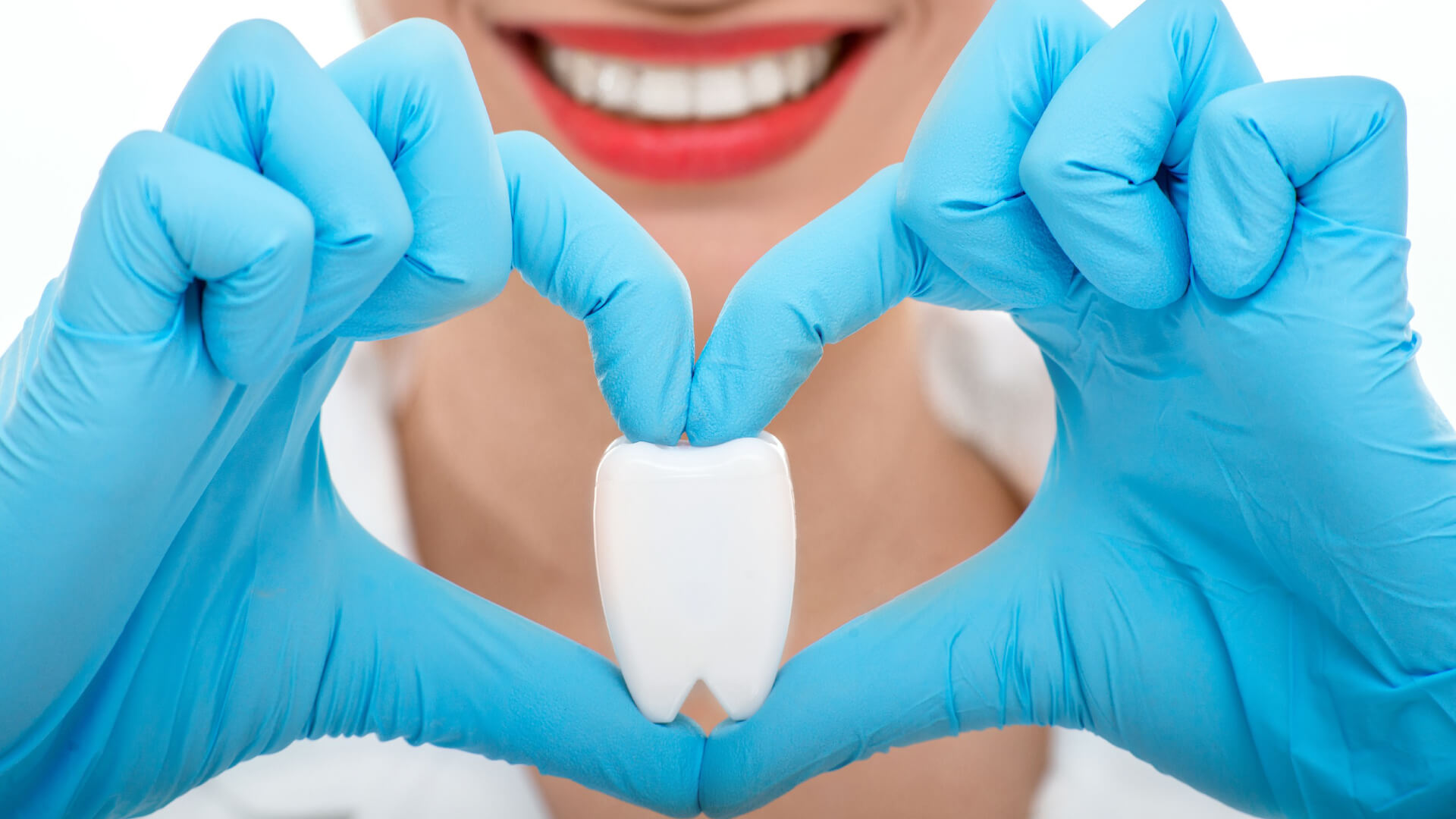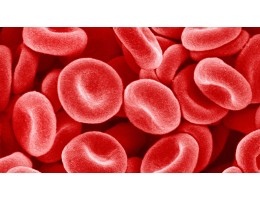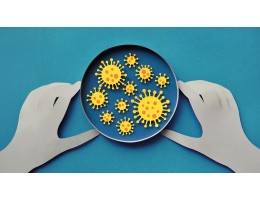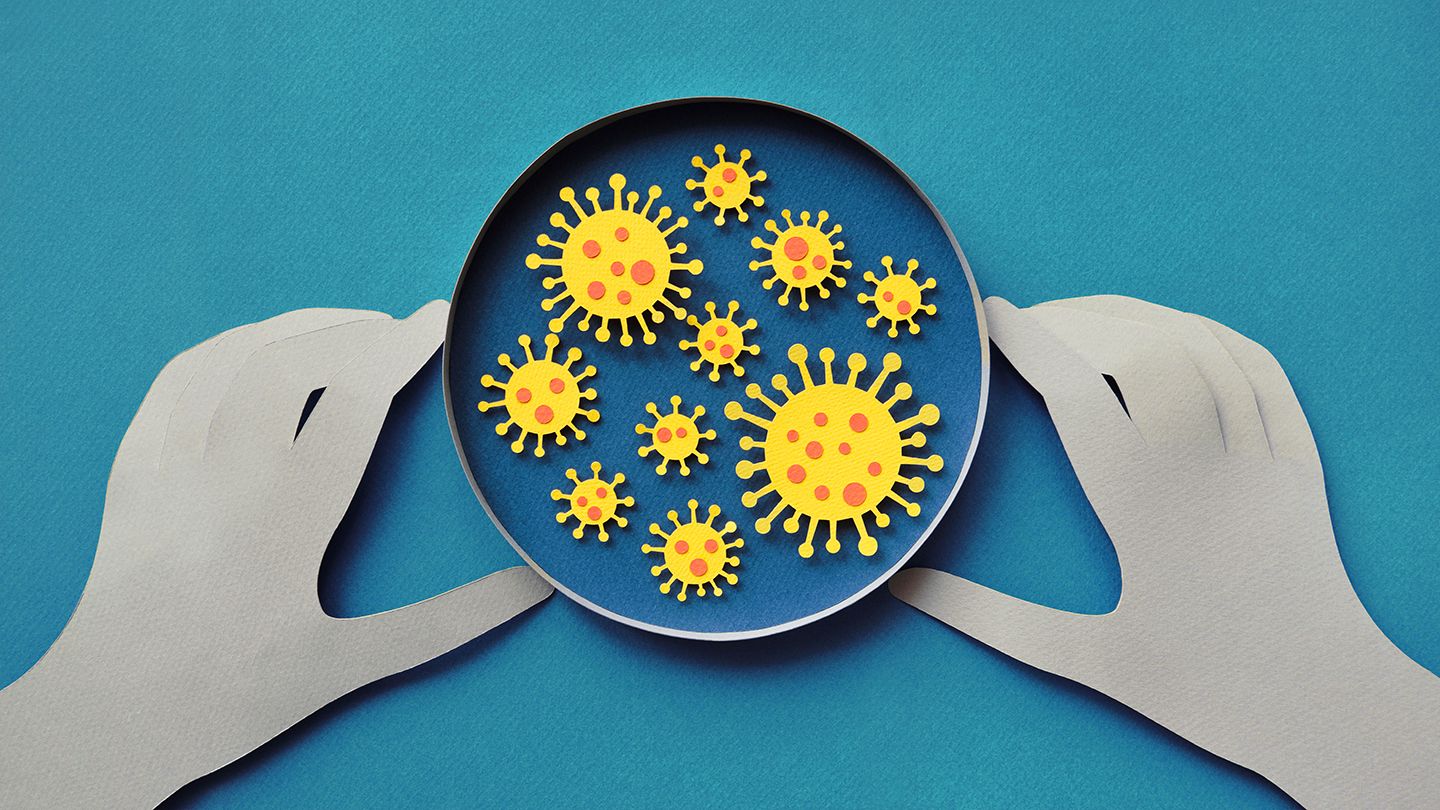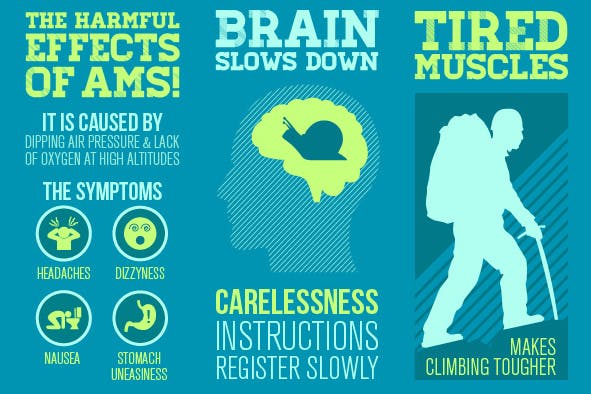Introduction
Oral health is a key indicator of overall health. Also known as dental hygiene, oral hygiene consists of a routine of cleaning your teeth and gums. Proper oral care helps lead to healthy teeth, healthy gums, and fresh breath. According to the World Health Organization (2012), oral health has been defined as a state of being free of mouth and facial pain, oral infections and sores, and other diseases that limit an individual’s capacity in biting, chewing, smiling, speaking, and psychosocial well-being.
Oral hygiene is vital for your teeth and gums, and poor oral health can affect your overall health and is a risk factor for illnesses such as heart disease and diabetes.
How Long Should You Brush Your Teeth?
Proper brushing takes at least two minutes. Two minutes can seem like a long time – especially for children. You can use a timer to make it a bit more fun. Some electric toothbrushes have automatic timers to encourage dedicating two minutes to brushing.
Can You Brush Your Teeth Too Much?
Brushing for longer than two minutes is not harmful, as long as you’re using firm but gentle pressure. Using too much pressure can damage enamel and gum tissue, leading to tooth sensitivity and irritated gums. Try brushing with your non-dominant hand to realize the difference in the amount of pressure on your teeth.
Types of Toothpaste
Most people are not aware that children’s toothpaste is in a much different category from adults but toothpaste produced for children can be milder. This is because of the negative impact that comes from children ingesting too much fluoride. Toothpaste for children contains less fluoride, abrasive agents, and also may have an additional sweetened flavor to entice children to brush regularly.
1. Sensitivity toothpaste:
Once your enamel has been breached due to reasons such as aging or gum disease, the dentine of your tooth may become exposed. This layer is the hard part underneath the enamel composed of microscopic tubes. When enamel is damaged, the heat and cold can pass through these tubes causing sensitivity. So, with this condition, this kind of toothpaste comes in handy.
Sensitivity toothpaste contains special compounds that block the nerves in your teeth from sensing heat and cold which solves the sensitivity problem. This kind of toothpaste needs 3-4 weeks of daily use in order to be effective.
2. Natural toothpaste:
Natural toothpaste is made from herbal extracts such as ginger and natural ingredients like essential oils. They are used as an alternative to the ingredients found in a typical toothpaste. It is becoming an increasingly popular option as it contains no harmful chemicals or fluoride.
Many herbalists, vegetarians and vegans prefer a natural herbal way of cleaning their teeth. Also, some people are allergic and sensitive to the chemicals in regular toothpaste. This is why they choose a much gentler herbal toothpaste. However, a major disadvantage of this type of toothpaste is the absence of fluoride, which is great for protecting enamel and strengthening your tooth.
3. Whitening toothpaste:
This kind of toothpaste is most useful for people who are experiencing yellowing of teeth due to reasons like aging, regular coffee and tea drinking, and also smoking. It is composed of a super gentle abrasive agent that gently helps scrub out the stains of your teeth. Using a whitening toothpaste can them two shades whiter and even give you a perfect smile. All teeth-whitening kinds of toothpaste are composed of cleansers and abrasives that have the function of removing or reducing the appearance of yellow stains on your teeth.
Toothbrush
What tools are best for brushing my teeth?
Combined with the brushing technique, you need the correct tools to do a good job with any task. In general, choosing a soft-bristle toothbrush that can fit in the hard-to-reach places and your mouth with fluoride toothpaste will do the job! It’s essential to replace your toothbrush every three to four months. Worn, frayed brushes don’t clean thoroughly, and older brushes can harbor bacteria. Whatever tools are most comfortable for you to complete proper brushing twice a day, two minutes each time are the best choice.
Flossing
Dental Floss vs. Dental Tape
Dental floss and dental tape are interdental cleaning products that clean the surfaces between teeth where a toothbrush cannot reach. Dental floss is a thin strand of twisted plastic monofilaments or nylon filaments, according to the American Dental Association (ADA).
The decision on whether to use dental tape or floss depends on which is the most effective at cleaning between your teeth and which you find easiest to use. For those whose teeth are tightly pressed together, waxed dental floss or tape is recommended. Some people may also find it difficult to handle thin strands of floss, especially if you have large fingers. In this case, advises switching to dental tape.
Choosing a Flossing Device
If you have trouble using traditional dental tape or floss, a range of alternative devices are available, including dental picks, wooden plaque removers, pre-threaded flossers, powered water or air flossers and tiny dental brushes for cleaning between your teeth. Dental brushes are cylindrical or cone-shaped and come in several sizes to fit the space between the teeth. There are also specialized brushes for cleaning between dental implants.
Don’t allow problems with using dental floss or tape prevent you from developing or maintaining good oral health habits. Flossing once per day helps to keep your teeth and mouth healthy and reduces your risk of gum disease and dental decay. If you choose an interdental cleaner and it doesn’t work for you the way you had hoped, ask your dentist and dental hygienist for advice and experiment until you find one that suits you and your teeth.
What is mouth rinse?
Mouth rinse (or mouth wash) is a liquid or solution use by gargling or rinsing our mouth. Mouth rinse usually prescribed by dentist or doctor for certain purposes.
There are few indications for using mouth rinse:
- To treat mouth infection, especially bacteria, and also fungal
- As an adjunct to tooth brushing
- Replace tooth brushing after oral surgery or oral trauma
- For oral refreshing effect and temporary eliminate mouth odour
- Enhance tooth brushing
- Soothing and dry mouth-relieving effect
- Facilitate oral tissue healing
What are types of mouth rinse available?
Different mouth rinse acts differently depending on their active ingredient, these are few examples:
- Anti-plaque mouth rinse may contain anti-plaque agent (eg Chlorhexidine Gluconate, Cetylpyridinium Chloride)
- Anti-caries mouth rinse may contain fluoride
- Desensitizing mouth rinse may contain desensitizing agent (eg arginine, potassium nitrate)
- Pain relieving mouth rinse may contain pain relieving and anti inflammatory agent ( eg: benzydamine hydrochloride)
- Soothing & dry mouth-relieving effect mouth rinse may has combine enzyme based protection, usually prescribed in post-cancer therapy patient with oral mucositis
- Some mouth rinse contains hyaluronan that helps facilitate the natural tissue healing and recovery process of oral tissue.
- Right usage of suitable mouth rinse under professional advice is recommended.
Why is a healthy diet important for my oral health?
Every time you eat or drink anything sugary, your teeth are under acid attack for up to one hour. This is because the sugar will react with the bacteria in plaque (the sticky coating on your teeth) and produce harmful acids. So it is important to have sugary foods or drinks just at mealtimes, limiting the amount of time your mouth is at risk.
Acidic foods and drinks can be just as harmful. The acid ‘erodes’ or dissolves the enamel, exposing the dentine underneath. This can make your teeth sensitive and unsightly.
A diet that is rich in vitamins, minerals and fresh fruit and vegetables can help to prevent gum disease. Gum disease can lead to tooth loss and cause bad breath.
Oral hygiene care steps
Here are some oral hygiene instructions to try:
- Brush at least twice a day for two minutes each time
- Clean between your teeth every day using floss, interdental brushes, floss picks, or water flossers. Make sure that you do not skip any teeth.
- Use toothpaste or mouthwash that contains fluoride
- Do not use any tobacco products. If you smoke, quit.
- Limit alcoholic drinks.
- If you have diabetes, work to maintain control of the disease. This will decrease risk for other complications, including gum disease. Treating gum disease may help lower your blood sugar level.
- See your doctor or a dentist if you have sudden changes in taste and smell
- Go to your dentist for preventive care twice a year
- Follow your dentist’s treatment plan and dental hygienist’s oral hygiene recommendations.
References
- Centers for Disease Control and Prevention. Oral Health Surveillance Report: Trends in Dental Caries and Sealants, Tooth Retention, and Edentulism, United States, 1999–2004 to 2011–2016. Atlanta, GA: Centers for Disease Control and Prevention, US Dept of Health and Human Services; 2019.
- Eke PI, Thornton-Evans GO, Wei L, Borgnakke WS, Dye BA, Genco RJ. Periodontitis in US Adults: National Health and Nutrition Examination Survey 2009-2014. J Am Dent Assoc. 2018;149(7):576-588.
- Global Burden of Disease Collaborative Network. Global Burden of Disease Study 2019 (GBD 2019). Seattle: Institute of Health Metrics and Evaluation (IHME); 2020. Available from http://ghdx.healthdata.org/gbd-results-tool.
- Walsh, T, et al. Fluoride toothpastes of different concentrations for preventing dental caries. Cochrane Database Syst Rev 2019; 3(3):Cd007868. doi:10.1002/14651858.CD007868.pub3.
- Mossey PA, Little J, Munger RG, Dixon MJ, Shaw WC. Cleft lip and palate. Lancet. 2009;374(9703):1773-1785.

